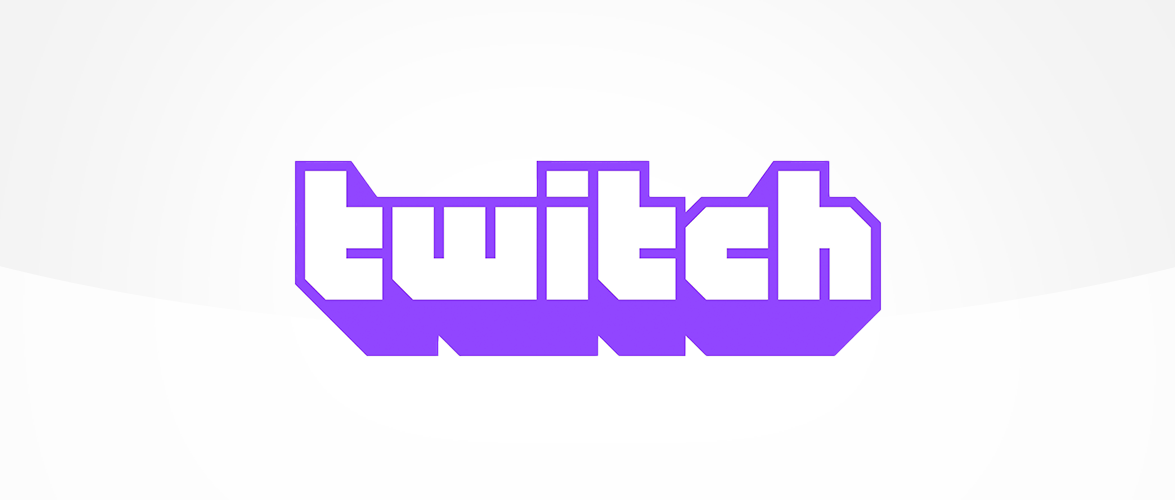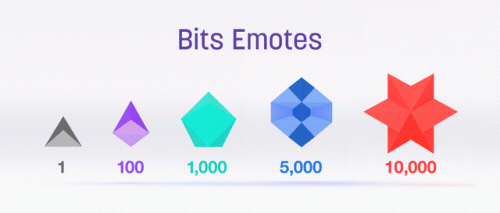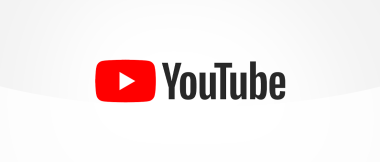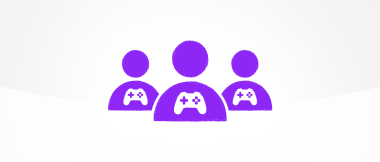Everything you need to know about Twitch
Twitch is an incredibly popular site, with 140 million active monthly users.
Here's everything you need to know about the live streaming service.
![]()
What is Twitch?
Twitch is one of the world’s most popular live streaming services. While it primarily focuses on video game live streaming, including broadcasts of esports competitions, it also offers live music broadcasts, creative content, and "real life" streams.
In 2018, the gaming influencer Ninja (who has since left Twitch for its competitor Mixer), broke live streaming records twice. First, alongside the rapper Drake, he broke the record for most simultaneous viewers to a single stream with 635,000 viewers. A few weeks later, he broke this record with 667,000 viewers to a stream of him playing at an eSports event in Las Vegas.
As of 2022, there are around 30 million daily users.
Why is it so popular?
Live streaming via Twitch brings gamers and content creators together with their fans. There is no post-production video editing nor censoring of language in heated moments of frustration on live-streams. The reactions of both the streamer and the audience alike are all live and all the more intense for it.
This relationship is also cultivated by creators in their call-outs of fans and subscribers who interact, often at some financial cost, with their stream. The buzz of having your favourite streamer call you out in front of sometimes thousands of other fans has been compared to the warm high of seeing your name pop up on a charity telethon. This simple act is big business for some streamers.
What do parents need to be aware of?
Age restrictions
Twitch is not available to those under the age of 13. Young people aged between 13 and 18 may only use Twitch if their parent or guardian agrees to Twitch’s terms of service. These terms of service can be found here.
Twitch offers a personalised chat filter to filter out any content you may deem inappropriate. Twitch streamers can also enable content warnings on their streams.
Live chat
Each stream on Twitch has a live chat in which viewers can discuss and react to the stream. These chats are mostly moderated by users who have been chosen by the streamer, who remove inappropriate or unwanted comments. Streamers can also ban hyperlinks and language they deem inappropriate.
Despite these precautions, young people using Twitch may still be exposed to language or behaviour that parents may deem inappropriate. Therefore, it is important that parents make their children aware of this and show them how to report users and behaviour they are uncomfortable with. Information on this can be found on Twitch’s support website here.
Parental controls
For parents who allow their children to use Twitch, there are a few measures which can be taken to protect them whilst they use the site. This is done by enabling the PIN function, a secondary password (which your child should not know) which allows a user to make protected changes to the privacy features of an account.
These changes include disabling messages and ‘whispers’ from strangers. A whisper is a live chat with a specific user, separate from the main chat.
Shield Mode
'Shield Mode' is a safety feature designed for streamers on Twitch. It lets streamers 'mass ban' viewers of their live streams by selecting specific words or phrases. Any viewer who has recently used these words (or uses them in the future) will automatically be banned from watching your stream.
Shield mode also allows streamers to prevent harassment and abuse by disallowing 'first-time chatters'. This setting means that a new viewer of your stream won't be able to post comments in the live chat feature – only individuals who have previously spoken in live chat will be able to do so.
These features are designed to limit the impact of organised harassment and trolling.
Subscriptions
Despite the negative attention, viewers clearly love this in-the-moment engagement with content creators and are happy to pay for it.
Twitch offers single-channel subscriptions of $4.99, $9.99, and $24.99 per month (prices are converted to pounds in the UK upon payment via PayPal). Each level offers more and more lorded emoticons giving their user greater recognition on the stream.
Listen to Parent Zone's podcast, Tech Shock.
Donations
Streamers on Twitch can also set up donation buttons for viewers to tip them as they stream. Often when donations occur through these buttons, designed by PayPal for charities and NGOs, animations will temporarily appear on stream. The streamer will usually call out the name of the person who donated and read out any message that accompanies the donation – a thrill for many who chose to donate.
These donations can range in value from a few pounds to thousands, and often viewers compete to see who can donate the most so that their name appears permanently on the screen as the top donor.
‘Emotes’ and ‘Bits’
‘Emotes’ are a kind of virtual representation of your support. You can purchase increasingly elaborate ‘emotes’ to demonstrate support for your favourite streamers.
In addition, Twitch has now introduced ‘bits’ which viewers can use to cheer on their favourite streamers who are partnered with Twitch. When users send a ‘bit’, the streamer will receive a small percentage of the price of said ‘bit’. The more ‘bits’ donated, the more elaborate the emoticon displayed on stream. Thus, greater recognition is given to larger donations.
‘Bits’ are currently only available through online purchases, with 500 'bits' being worth $8.40. However, Twitch hopes that in the future 'bits' will be earned through a variety of activities on the site.
It’s worth being aware that the system is designed in order to entice the viewer to donate more and more. This can put a great deal of pressure on children to spend increasing amounts of money. Its also worth keeping in mind that professional gaming streamers will usually have spent real money to have the latest in-game items, and that this can push children to spend more on microtransactions in their own games.
Parents can encourage their children to appreciate this and make sure that they do not allow their children access to their credit card details without their permission. This is not to say that content creators, much of whose content is available for free, should not receive remuneration. Rather, it is best if donations and payments are done responsibly.
Spot something that doesn't look quite right? You can email librarian@parentzone.org.uk to submit comments and feedback.
This article was last updated on 04/09/23.





 Previous Article
Previous Article 